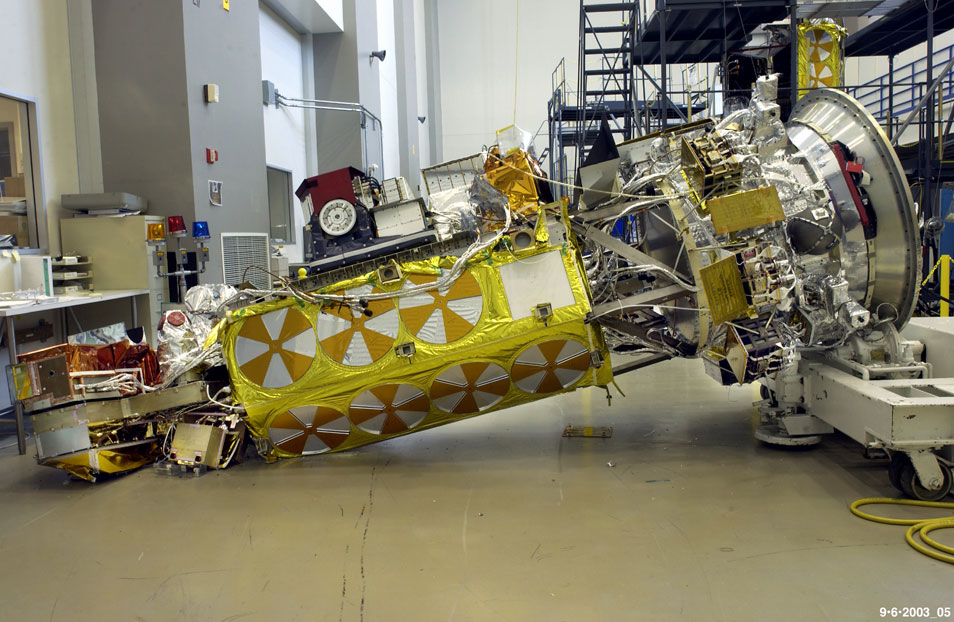I for one find it unacceptable that the responsible NASA managers are not going to be punished. They actively suppressed an investigation into the foam debris. This choked off any possibility of a rescue mission, which the Columbia board said was possible. In other words, the NASA managers caused the death of seven astronauts.
Nothing could change the culture of NASA for the future than criminal prosecutions of the responsible NASA managers. According to the below NY Times article, Congress is currently looking into the matter of why the responsible NASA managers were not punished.
I say, arrest them and put them on trial.
Nothing could change the culture of NASA for the future than criminal prosecutions of the responsible NASA managers. According to the below NY Times article, Congress is currently looking into the matter of why the responsible NASA managers were not punished.
I say, arrest them and put them on trial.



Comment